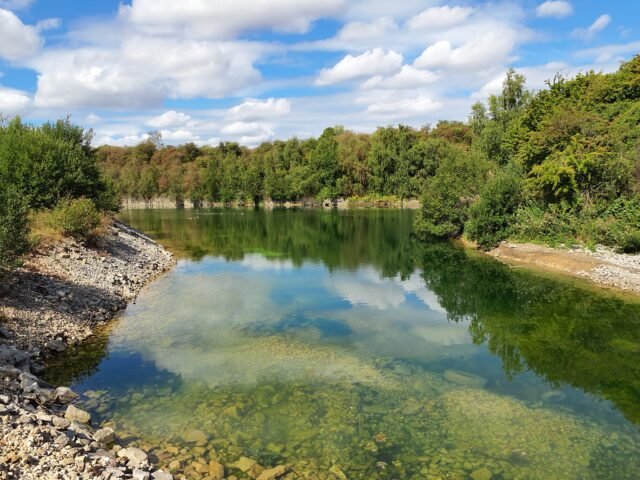

The survey areas were of a considerable size and required commencing before dawn and to be completed before noon. The standard Common Bird Census (CBC) methodology (Gilbert et al. 1998; Bibby et al. 2000) required surveying a minimum of 50% of the sites which was a considerable task.
Forty-nine species were recorded across Beacon Hill, the Outwoods and Hangingstone SSSI, whilst forty-four species were recorded across Clipsham Old Quarry and Pickworth Great Wood. The results of the surveys were able to determine that the number of assemblage species was relatively low and lacked a diverse number of priority species which were previously identified during the initial citation. Notable species recorded included; nightingale (Luscinia megarhynchos), spotted flycatcher (Muscicapa striata) and tree pipit (Anthus trivialis), albeit in low numbers.
The location of each breeding bird territory was recorded using a GPS enabled device, this data was then mapped using QGIS, where a territory map of each assemblage species was created. Due to the size and number of assemblage species, the mapping took considerably longer than expected. However, a detailed report was issued detailing the findings, future management recommendations and accurate territory maps for each assemblage species.



